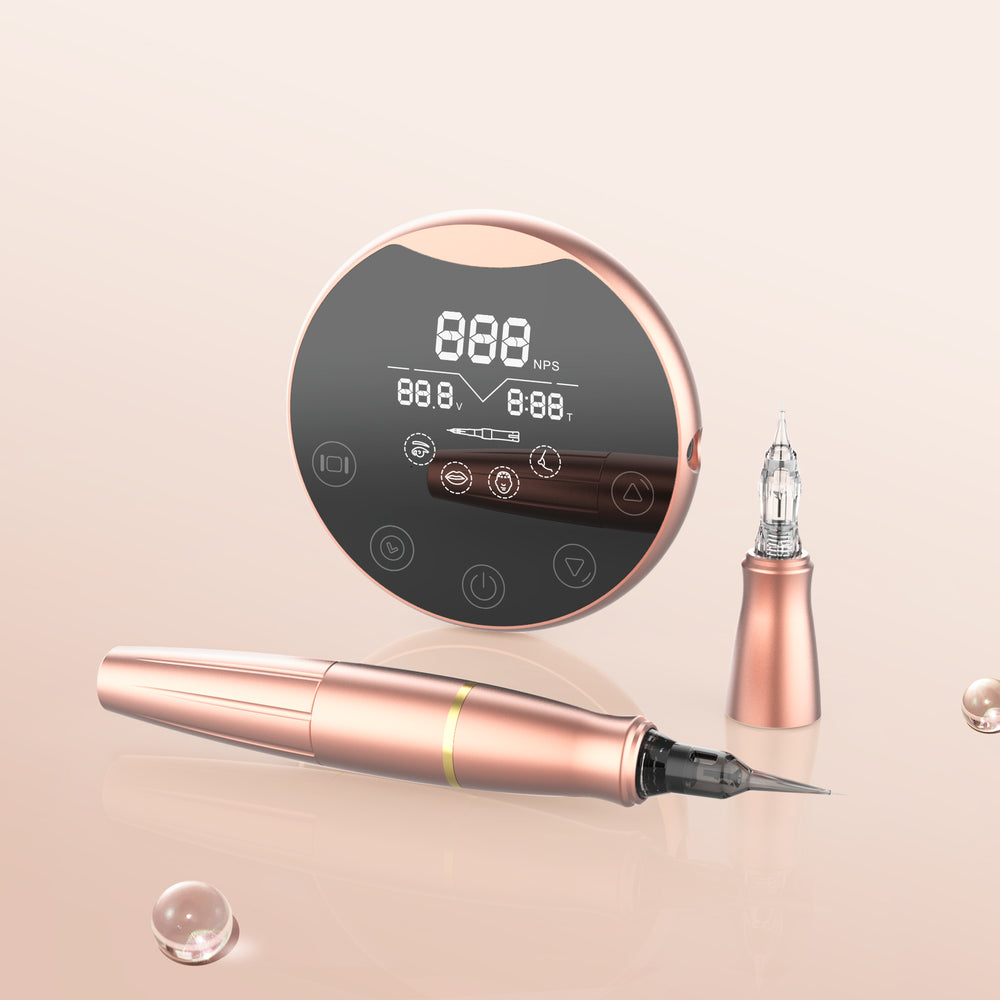Unlocking the Secrets of Liner and Shader Machines: Transform Your Beauty Game!
In the dynamic world of beauty and aesthetics, liner and shader machines have emerged as essential tools for professionals aiming to create stunning and intricate designs. These machines not only enhance the efficiency of beauty treatments but also allow for precision and artistry that manual techniques simply cannot match. As the beauty industry evolves, understanding the various types of liner and shader machines, their features, and their applications becomes vital for anyone in the field. In this article, we will delve into the specifics of these machines, explore the different types available, and provide insights on selecting and maintaining them to ensure optimal performance.

Understanding Liner and Shader Machines
Liner and shader machines are specialized devices used primarily in tattooing and cosmetic procedures to create beautiful, defined lines and soft shading effects. The primary function of a liner machine is to deliver ink into the skin in a precise manner, allowing artists to outline designs with accuracy. In contrast, shader machines are designed to fill in areas with color or create gradients, providing depth and dimension to the artwork. The difference in their mechanisms—liner machines usually operate at a higher speed with a single needle, while shader machines may use multiple needles at a slower speed—highlights their distinct roles in beauty applications. These machines are essential for beauty professionals, as they enable the execution of complex designs, ensuring that clients receive high-quality results.
Types of Liner Machines
There are several types of liner machines available in the market, each designed to cater to different techniques and preferences. Rotary liner machines are popular for their quiet operation and lightweight design, making them a favorite among many artists. These machines utilize a rotating motor to drive the needle, providing consistent performance. Coil liner machines, on the other hand, use electromagnetic coils to create the needle movement, offering more power and control, which some artists prefer for intricate line work. Additionally, there are pen-style machines that combine the features of both rotary and coil machines, providing versatility in handling. Each type comes with unique features, such as adjustable speed settings, needle configurations, and ergonomic designs, allowing beauty professionals to choose the machine that best suits their style and technique.
Types of Shader Machines
Similarly, shader machines come in various types, tailored for different shading techniques and effects. Coil shader machines are often favored for their robust power, allowing for deeper ink penetration, which is crucial for achieving solid color fills. Rotary shader machines are known for their smooth operation, making them ideal for soft shading and blending techniques. Some artists also opt for hybrid machines that can switch between liner and shader functions, providing flexibility for various styles. Additionally, there are machines with adjustable stroke lengths, which can be beneficial for artists looking to create different shading effects—from soft transitions to bold color saturations. By understanding the unique features of each shader machine, professionals can effectively complement their liner work and deliver exceptional beauty treatments.
Choosing the Right Machine for Your Needs
When selecting the right liner and shader machines, beauty professionals should consider several factors to ensure they are making the best choice for their practice. Assessing the specific techniques and styles that are most frequently used is essential; for instance, an artist focusing on fine line work may prefer a rotary liner machine, while someone specializing in bold designs might lean towards a coil machine. Additionally, considering the clientele and their preferences can help in making informed decisions, as different clients may have varying expectations regarding the final results. Budget also plays a crucial role; investing in quality machines can significantly impact the longevity and performance of the equipment. Lastly, personal comfort and ease of use should be prioritized, as a machine that feels good in hand will enhance creativity and efficiency during treatments.
Maintenance and Care for Liner and Shader Machines
Proper maintenance and care are critical for ensuring that liner and shader machines function optimally and have a long lifespan. Regularly cleaning the machines after each use is imperative to prevent cross-contamination and to uphold hygiene standards. Additionally, checking needle and grip integrity before every session can help avoid mishaps during procedures. It's also advisable to keep the machines well-lubricated and to perform periodic checks on electrical components and connections, especially for coil machines. Creating a maintenance schedule can help beauty professionals stay organized and ensure that their equipment remains in top condition, allowing them to deliver the best possible results to their clients.
Enhancing Beauty with Liner and Shader Machines
In conclusion, liner and shader machines are indispensable tools in the beauty industry, offering professionals the ability to create intricate designs with precision and ease. By understanding the various types of machines available, their features, and how to select and maintain them, beauty professionals can significantly enhance their services. Whether you are just starting out in the beauty field or looking to elevate your existing skills, investing time and resources into mastering liner and shader machines can truly transform your beauty game. Explore these tools further and unlock the potential for creativity and artistry in your work!








